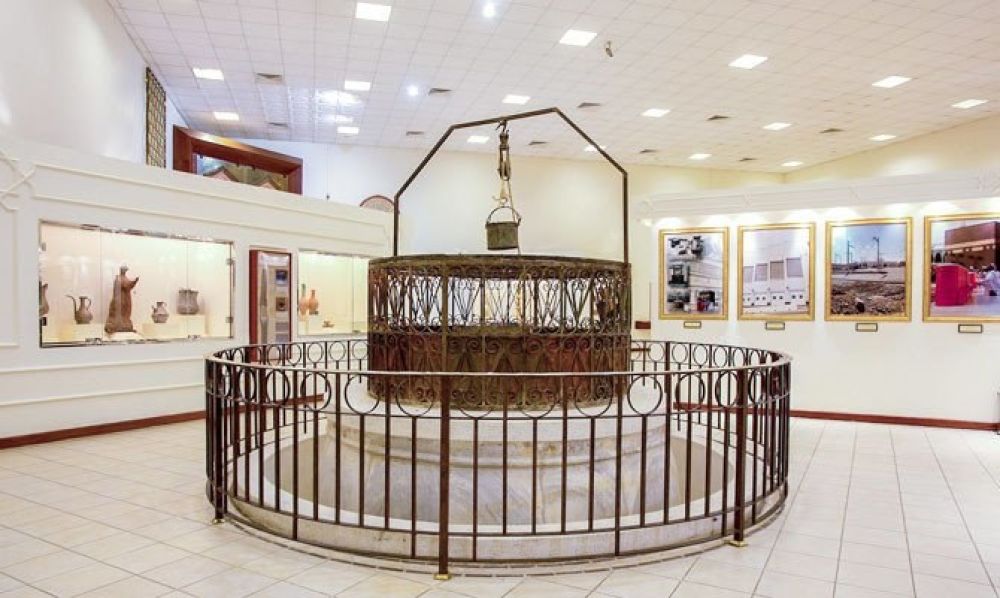

The Zamzam Well holds profound historical and spiritual significance in Islamic tradition. It is located within the Masjid al-Haram in Mecca (Makkah), which is the holiest city in Islam. According to Islamic belief, the well was revealed to Hagar, the second wife of Prophet Abraham and mother of Prophet Ishmael, more than 4000 years ago. During her desperate search for water for her son, the Angel Jibreel (Gabriel) struck the earth, and water miraculously sprang forth forming the well.
The Zamzam Well has since become a symbol of God's mercy and sustenance, and it plays a central role during the Hajj and Umrah pilgrimages. Millions of pilgrims visit the well each year, considering its water to be blessed and often taking it home in large canisters.
Tourism in the area has historically been religiously oriented, centered around the pilgrimages of Hajj and Umrah. Over the centuries, the increase in the number of pilgrims has transformed Mecca and its facilities profoundly.
The Saudi Arabian government has undertaken extensive renovations around the Masjid al-Haram to accommodate the growing number of pilgrims. These developments include expansions of the mosque, improved transportation networks, and the construction of hotels and other amenities.
The well itself has seen technological improvements over time to ensure a steady and sanitary supply of Zamzam water for pilgrims. The provision of Zamzam water has become more systematic with the introduction of modern water distribution facilities.
In recent years, there has been a noticeable trend towards sustainable and responsible tourism in Mecca. The Saudi government has launched various initiatives aimed at reducing the environmental impact of the large influx of visitors.
Moreover, the introduction of the Saudi Vision 2030 plan is expected to further modernize the pilgrimage experience. The plan emphasizes enhancing the capacity to host a larger number of pilgrims, streamlining travel procedures, and enriching the spiritual and cultural experience of visitors.
To facilitate non-Arabic speaking visitors, technological advancements such as multilingual apps and interactive guides have been developed. These resources help navigate the religious rituals, offer information about the Zamzam Well, and provide historical context to international pilgrims.
Another contemporary trend is the growing popularity of religious tourism combined with leisure travel. Pilgrims often extend their stay to explore other cultural and historical sites within Saudi Arabia, further boosting the country's tourism sector.